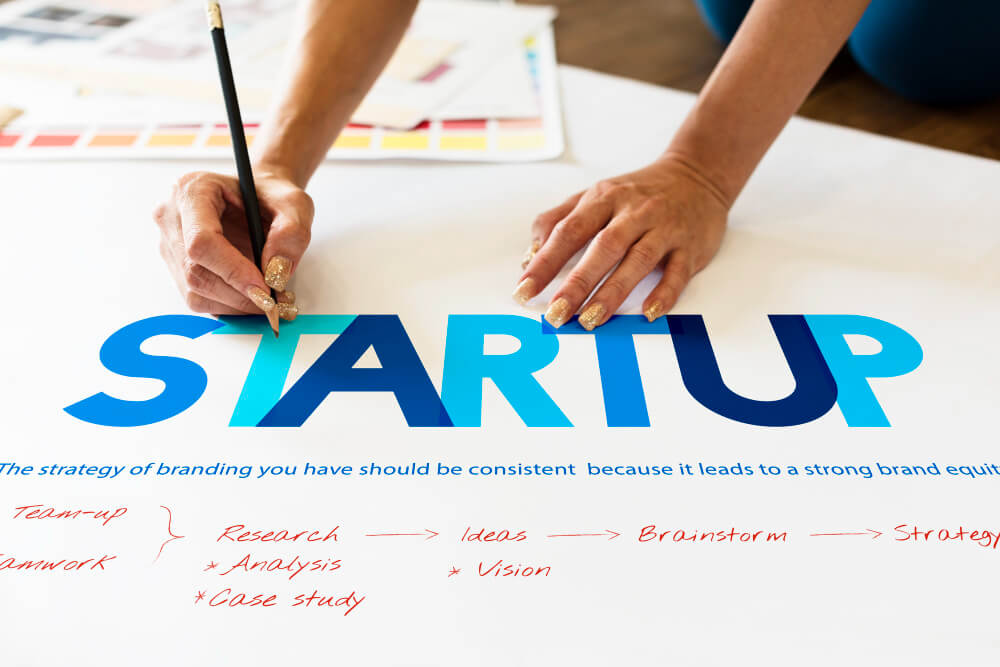Are you looking for an investor to scale your business? Or are you preparing to sell your business? Both of them require a business valuation.
Not only that, we need to value our business several times within its lifecycle for different reasons. Most importantly, it gives you a clear image of a business’s financial health, allowing you to understand your next steps in scaling a business and earning profits.
However, valuing a business can be tricky, and you must educate yourself. This guide will cover everything related to the calculation of business value, including,
Table of Content
Why value business?
Whether you are selling a business or expanding in a bold new direction, having hard figures can assist you in making the right decisions. Valuing business has several benefits, including,
- It helps you put a realistic price tag on your business for selling or succession planning.
- You need business valuation if you’re looking for fundraising and meeting investors.
- It gives you a clear image of a business’s financial health and helps you understand the underperforming areas.
- While buying or selling shares in your business, valuing your business helps you set a fair price for the staff.

What are the five things to consider while valuing your business?
1. Financial records
For an accurate business valuation, it is vital to add up your business finances with evidence of how your business managed costs, cash flow, profitability, and debts.
In short, financial records give detailed information on business performance, along with its past, present, and future profitability and any capital expenditure.
Accurate financial records are building blocs for business valuation.
2. Assets and liabilities
Assets and liabilities are the key metrics in determining the value of your business.
Assets add value to your business, and they are of two types: tangible and intangible assets. Tangible assets are material things like property, machinery and equipment, stock or inventory, and cash. Intangible assets are non-material things like trademarks, copyrights, patents, brands or reputations, and debts.
Deduct liabilities from the business’ value while adding assets. Liabilities are business’s debt or outstanding credit that will reduce business valuation.
If you are looking for how to calculate the business value, use the Adjusted Net Asset Method. It works by calculating the difference between tangible and intangible assets with liabilities.
3. Intangibles
Intangible assets bring value to your business. As they are non-material assets, it can be tricky to price them. The most popular intangible asset is data, goodwill, patents, and intellectual property, defined as creations of the mind and challenging to compare with other similar intellectual properties.
Similarly, another well-known intangible asset is business reputation. A good reputation can positively impact a business, thus adding value to it and attracting buyers or investors. A company’s reliability and integrity can determine long-term business success.
A few other significant considerations while business value is the strength of the customer base and the brand.
4. People
When we think of business valuation, we jump directly to the financial part to ensure that businesses have a monetary value. But, people/staff in a business or the current management structure is crucial, especially for potential buyers. It helps the buyer understand if they can leave the business to the current management or be involved in day-to-day management.
It also includes the knowledge of the type of owner’s involvement in running the business and the staff’s cost and needs.
5. Market
Considering the market your business operates in is crucial when valuing a business. The market can be an established one with stability or an upcoming market. Understanding the industrial trends can help owners make an informed valuation of the business that considers assets and the value of the current market.
You can compare the sales and purchases of other businesses in the same market to determine a reasonable selling price which can assist in rapidly growing companies and industries. Comparison with competitors helps you understand your business’s special or unique characteristics.
How to value a business?
There are numerous factors in business valuation. No fixed way can determine the value of a business; however, its actual value is the amount someone is willing to pay.
1. Asset valuation
To calculate the Net Book Value or NBV, you subtract the total liabilities from the sum of tangible and intangible assets.
It is good to regularly update the asset records of the business to consider inflation, depreciation and appreciation while calculating total asset value.
2. The industry rule of thumb
Certain industries have this specific way of calculating business valuations. For example, you can value an IT or accounting business by multiples of its turnover or gross recurring fees (GRF), while retail or food and beverage companies depend on the number of outlets, customer volume, and others.
3. Entry cost
With the entry valuation, your focus is to identify the costs of developing a similar business from the ground level. It includes start-up fees, tangible assets, recruitment and training, marketing and more. Once you prepare a list of costs involved in the process, look for ways to reduce costs.
For example, if you set up the business in a cheaper location, you could save money. Subtract the savings from the projected start-up costs, and you get the business value depending on entry costs.
4. Discounted cash flow
The discounted cash flow method to value business can be tricky. It is an income-based approach where individuals focus on working out what a future cash flow is worth today. Businesses with stable projects and predictable cash flows for future things use this approach for valuing a business.
To calculate business discounted cash flow, you need to add all the dividend forecasts for the next 15 years and the residual value at the end of the period. Then apply an appropriate discount rate to determine what it would be worth today.
5. Price-to-earnings ratio
The price-to-earnings ratio, also known as multiples of profit, compares the price of your company shares with your company earnings. Public companies can calculate their price-to-earnings ratio by dividing their stock prices by earnings per share.
6. Comparable analysis
A comparable analysis is a popular approach to valuing your business which involves assessing the value of a recently sold company in your industry. It assists you in deciding a realistic value for your business by considering what your competitors are worth presently.
How to secure a good business valuation?
Here are a few tips to secure your business valuation:
- Prepare a solid business plan outlining your short-term and long-term goals.
- Organize your finances, including p&l, balance sheet, inventories, tax filing and returns, purchase records, credit reports, etc.
- Keep risk at a minimum or invest in business insurance.
- Don’t overestimate the business value
- Adopt flexible negotiation skills
- Get professional advice

Wrapping up
Valuing your business is an art; you need to be a professional artist to generate the best value. It can become challenging, especially with large businesses having complicated financials. Therefore, look for professional advice from a chartered accountant or outsource to accounting firms to assist you in calculating accurate business values.










Leave a Reply